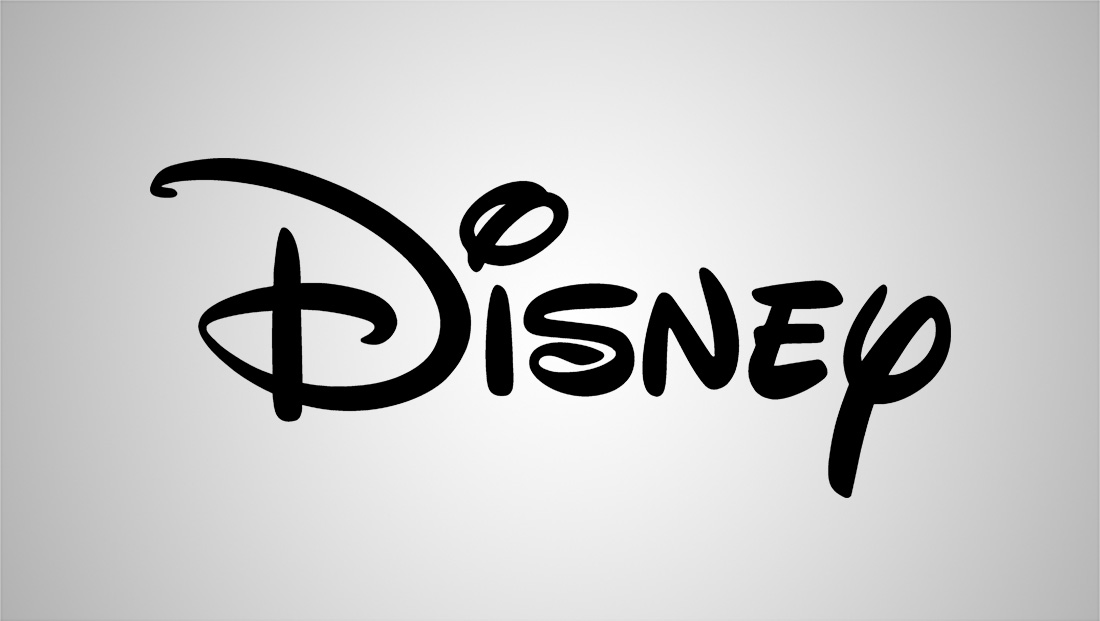Bob Iger signs extension with Disney, says ABC, ESPN may not be ‘core’ to business
By MixDex Article may include affiliate links

After Disney announced it would be extending CEO Bob Iger’s contract for two years Wednesday, July 12, 2023, the exec revealed some hints at what may be to come for the company as it looks to the future of television.
Iger, who returned to Disney in November 2022, replacing Bob Chapek, who took over in February 2020, was originally slated to stay until 2024, but his new deal extends that to 2026.
In an interview with CNBC, Iger made some pointed comments about his predictions for linear TV, including hints that the company could be cooling on its interest in ABC, its owned stations and ESPN.
He even went as far to acknowledge that its TV networks, including ABC and ESPN, may not be “core” to its business, though Iger did note that he sees them as a key source of creativity.
The comments come as linear, traditional TV has lost millions of viewers and subscribers to streaming, which includes less appointment viewing and more on-demand choices.
Though Iger did not reveal any specific plans or which networks Disney might shed (it owns, among others, Disney-branded networks, Freeform and properties such as FX and National Geographic, the latter two of which were acquired as part of its purchase of 21st Century Fox assets in 2019).
ESPN was singled out during the interview as an asset the company might be interested in finding a strategic part for as opposed to an outright sale.
Iger’s return came when the company was swirling in controversy in its home state of Florida, where its lack of support for the LGBTQ+ community against Ron DeSantis’ so-called “Don’t Say Gay” bill put it in hot water with employees and consumers.
Many of its divisions were hit hard by the pandemic and it was facing challenging from key shareholders.
Iger embarked on a goal of cutting costs by billions, which included reorganizing the company into three divisions: entertainment, ESPN and parks, experiences and products.
Along with those changes, the company also planned for around 7,000 layoffs.
This was all part of a plan to save $5.5 billion in costs. Of that, $3 billion of savings were achieved by cutting content-related expenses, including a “purge” of content from streamer Disney+.
Ultimately, Iger said he is eyeing profitability for streaming as a key goal.
Disney, which owns Disney+, most of Hulu, ESPN+ (the three of which are available in various bundles) plus has its hands in Star+ and Hotstar overseas, has yet to post a profit from these ventures.
This isn’t unusual — both Disney and other media companies have predicted it would take time to grow this line to profitability, but in many cases, that goal has become more important after outlets funneled billions in creating original content coupled with the challenging market conditions.
Part of Disney’s strategy was to drop titles from its streaming library, meaning it would reduce the licensing and royalty fees it would be on the hook for.
Meanwhile, Disney+ lost 4 million subscribers in the second quarter of 2023. Though it still managed to keep overall profit and revenue in line with Wall Street forecasts, the loss set off alarm bells.
It notably comes after Netflix, which is profitable and has long-dominated streaming after pivoting away from DVD rental, announced it had lost subscribers for the first time in years in 2022.
What all this means for Disney’s traditional, linear networks is very much a question mark.
For years, networks such as ABC and ESPN were huge contributors to the bottom line, pulling in both billions in fees paid by pay TV providers and advertising. However, as more consumers shift away from traditional cable and satellite TV subscriptions and the ad market cools, these numbers have dipped as well.
Although streaming does allow Disney and others to sell its content subscriptions directly to the consumer, it’s also a crowded market fragmented by churn. Ad-supported plans, which can help incentivize sign-ups and lower cancellation rates, can still struggle to deliver consistent, high rates of return for showing ads.
Popular Searches
- TV Industry News
- Broadcast Engineering News
- Broadcast Design News
- TV Talk Shows
- TV Syndication
- TV Advertising
- TV News Jobs
- TV Industry Mergers and Acquisitions
- TV Anchors
- Cable News
- Late Night TV
- TV Syndication News
- Broadcast Industry News
- TV News Drone Journalism
- TV News Augmented Reality
- TV Weather Forecasting
- TV News Journalism
- TV News Ethics
- OTT News
- News About NBC
- News About CBS
- News About ABC
- News About CNN
- News About MSNBC
- News About Fox News

